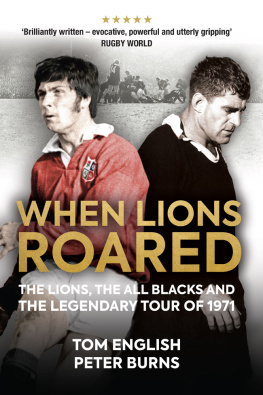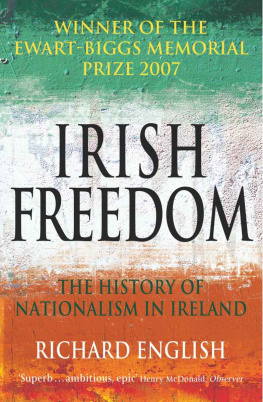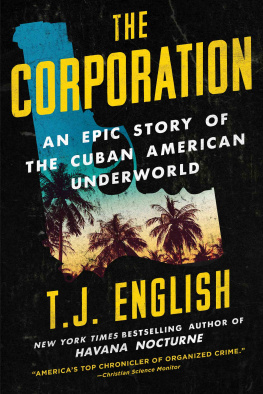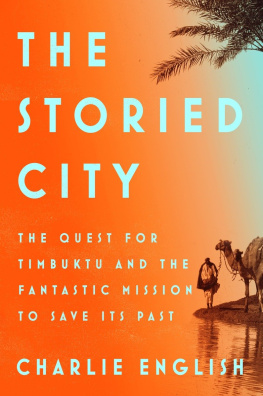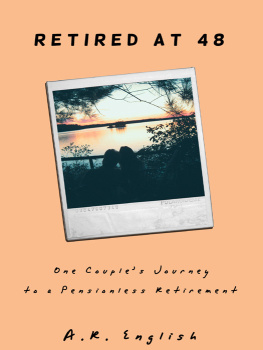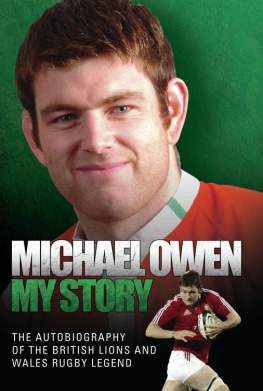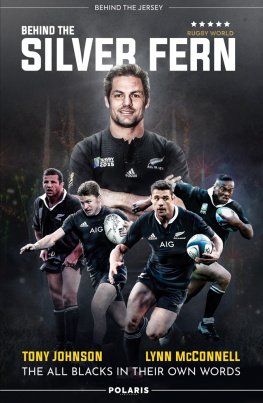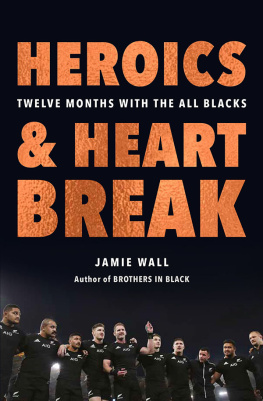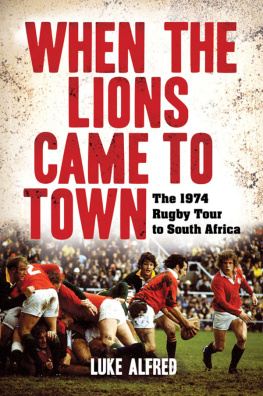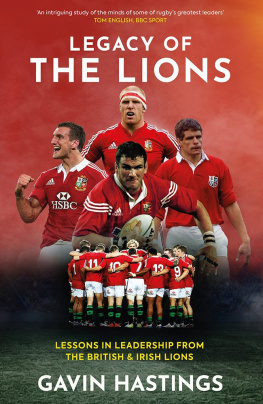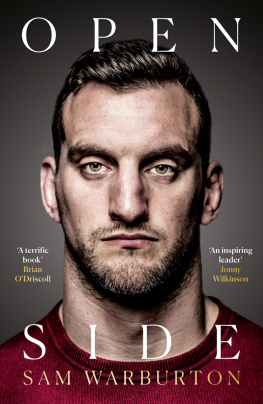WHEN LIONS
ROARED

First published in 2017 by
POLARIS PUBLISHING LTD
c/o Turcan Connell
Princes Exchange
1 Earl Grey Street
Edinburgh
EH3 9EE
in association with
ARENA SPORT
An imprint of Birlinn Limited
West Newington House
10 Newington Road
Edinburgh
EH9 1QS
www.polarispublishing.com
www.arenasportbooks.co.uk
Text copyright Tom English and Peter Burns, 2017
ISBN: 9781909715523
eBook ISBN: 9780857903433
The right of Tom English and Peter Burns to be identified as the authors of this work has been asserted
by them in accordance with the Copyright, Designs and Patents Act 1988.
All rights reserved. No part of this publication may be reproduced, stored or transmitted in any
form, or by any means electronic, mechanical, photocopying, recording or otherwise, without the
express written permission of the publisher.
Every effort has been made to trace copyright holders and obtain their permission for the use of
copyright material. The publisher apologises for any errors or omissions and would be grateful if
notified of any corrections that should be incorporated in future reprints or editions of this book.
British Library Cataloguing-in-Publication Data
A catalogue record for this book is available on request from the British Library.
Designed and typeset by Polaris Publishing, Edinburgh
Printed in Great Britain by Clays, St Ives
CONTENTS

In memory of
Carwyn, Doug, Gordon, Mervyn and Alastair
Legends forever
LIST OF ILLUSTRATIONS
ACKNOWLEDGEMENTS
In the late summer of 2016, at a book signing at OMahonys on OConnell Street in Limerick, it was pointed out that it was forty-five years since the great Lions tour of 1971 and perhaps it was time for a retrospective on that incredible rugby crusade to New Zealand. When Lions Roared is the result.
Over the months that followed that conversation, we rewatched every available piece of footage and read everything we could lay our hands on about the tour, the years leading up to it and the years afterwards. We got in touch with as many Lions, All Blacks and provincial New Zealand players as we could. And every second of it was both a pleasure and a privilege.
We are indebted to our fantastic colleagues in New Zealand, Tony Johnson and Lynn McConnell, for all their work in helping to piece the jigsaw together from the Kiwi side of things, often conducting interviews on our behalf and putting us in touch with former players, as well as sending through a treasure trove of newspaper cuttings and scans from old magazines and books that were produced in New Zealand in the aftermath of the 71 tour. John Griffiths was able to do much the same from Wales and thanks go to him for all his help with our research.
Thanks also to Elspeth Orwin in the Sir George Grey Special Collections department at Auckland Libraries; the archivists at theNational Library of New Zealand; Dave Barton at the British & Irish Lions; and photographers Ans Westra and Peter Bush whose images brought the tour to life for us. Thanks also to Katie Field and Julie Fergusson and everyone involved at Polaris Publishing.
Thank you to Stephen Jones, David Barnes and Nick Cain, who worked with us on Behind the Lions: Playing Rugby for the British & Irish Lions, which provided a strong foundation when we set out to write this book. Furthermore, both John Reasons The Victorious Lions and Terry McLeans Lions Rampant were invaluable to our research. They provide a ringside seat to each match on the tour and are brilliantly insightful accounts.
Most importantly, thank you to all the players who so generously gave up their time to speak to us; it was wonderful to be able to relive the great adventure with you. We hope that we have captured the essence of the tour as you remembered it.
Finally, thank you to our loved ones (Lynn, Eilidh and Tom; Julie, Isla and Hector) for putting up with us during the mad months while we wrote this book. Tom would also like to thank the greats of Courtbrack, Castleconnell and Rintulla for their love and support.
Tom English & Peter Burns
PROLOGUE

BOY, COULD THEY PLAY
BARRY JOHN was in the bath when the intruder entered his bedroom and made away with the watch which had been given to him by his wife as a departing gift. Barry never heard him, never saw him, and by the time he noticed that the watch was gone, it was too late. It was a moment in history the one and only occasion the New Zealanders got the better of the King in that storied summer of 1971.
The Lions were in the town of Pukekohe, fifty kilometres south of Auckland, and Carwyn James tourists were about to begin their three-month, twenty-four-match trek around New Zealand against some obliging rural fodder Counties-Thames Valley. The following day, the Lions put twenty-five points on them. For the New Zealand press, it wasnt enough. If the Lions were any good, they wrote, theyd have scored fifty.
After one game, conclusions were drawn. The All Blacks should beat this lot 40 in the series. Anything less would be an affront to the jersey, an insult to the legacy of their former coach, Fred Allen, who had taken charge for sixteen Tests up until 1968and who, by winning sixteen out of sixteen, had sent a message to the wider world that New Zealand was the greatest rugby nation on earth.
After two games, the clean-sweep conclusion was being tweaked. The Lions had just hammered King Country and, though the local media maintained that 40 was still likely, it was no longer an absolute certainty.
On it went. The Lions ran amok against Waikato in Hamilton, a John Bevan hat trick at the heart of the rout. The Maori got heavy in Auckland, but they were seen off, too. At every turn the Lions were told, Wait until you get to Wellington, as if the Wellington boys were the ones who would categorically put the visitors back in their box.
When the time came, the Lions beat Wellington 479 and all of New Zealand gasped as one. Bevan got four more tries, Mike Gibson got two and Sandy Carmichael, John Taylor and Barry John got one apiece. Nine scores against one of the preeminent provincial sides in the land. The country had never seen anything like it.
Onslaught crumbles capital! ran the headline in the Dominion the morning after. Athletic Park watched in stunned disbelief as much as admiration, the newspaper reported. The bravado of the 40 prediction had now been obliterated, replaced with something approaching fear and awe.
When it was all over, months later, the Dominion produced a magazine of the tour, detailing every cough and splutter of what had happened in each city and one-horse town the Lions had gone to. They hailed them as the greatest team that had ever set foot in the land of the long white cloud, better even than the celebrated men who had beaten New Zealand at home not once but twice in 1937 the Springboks of Danie Craven, Boy Louw and the splendidly named flanker, Ebbo Bastard.
The Dominions final reckoning was that Barry John was thegreatest number ten, Gareth Edwards was the greatest number nine, Mike Gibson was the greatest centre and JPR Williams was the greatest full-back. The starting point of the New Zealand media in those innocent early days in Pukekohe in late May was that the Lions were going down; the end point, in mid August, was that the Lions were going down all right in history.

